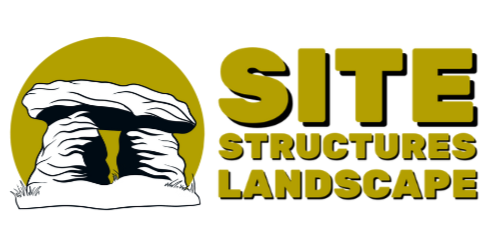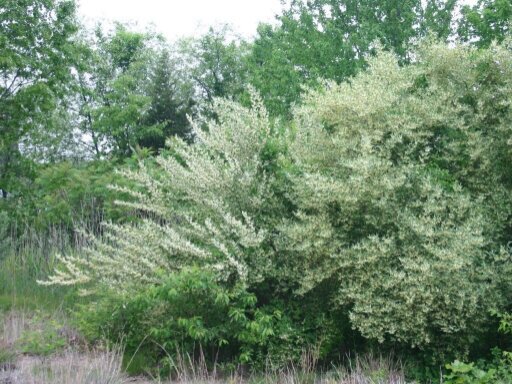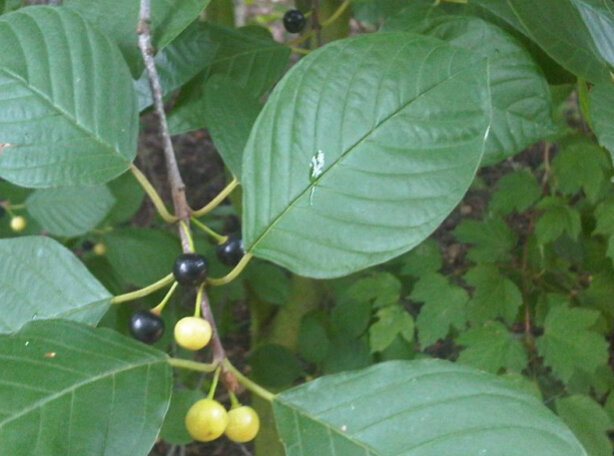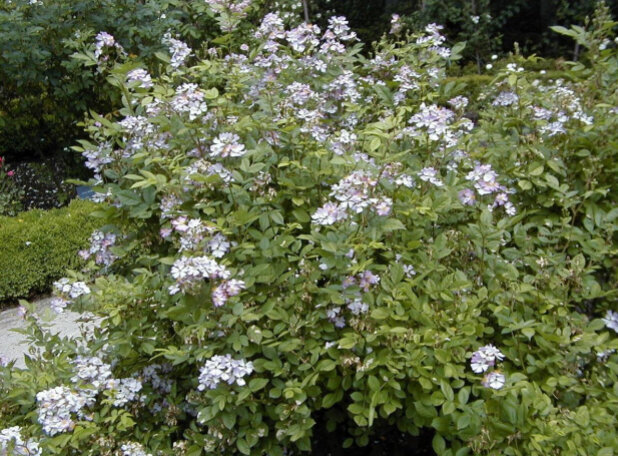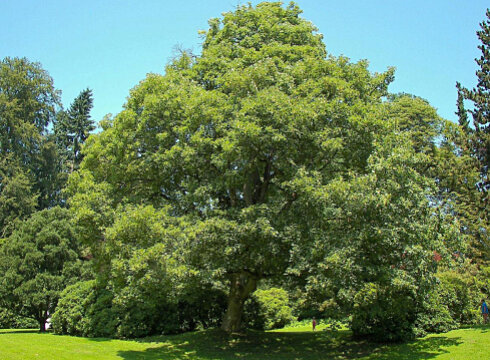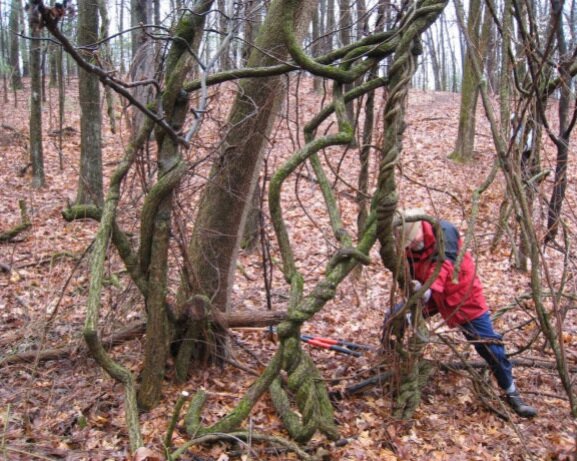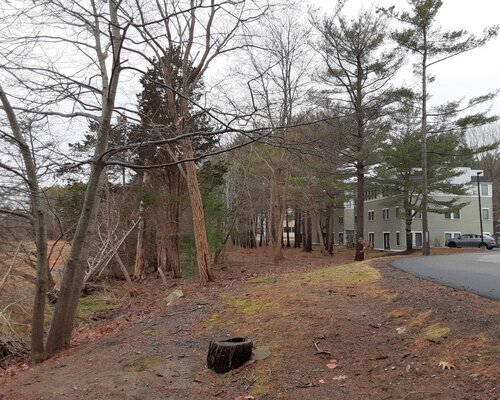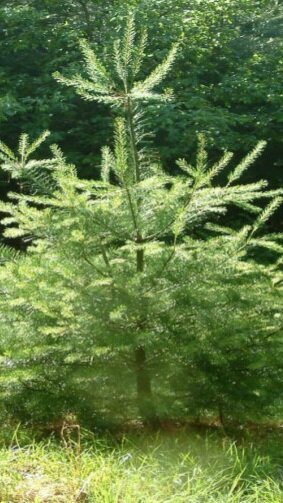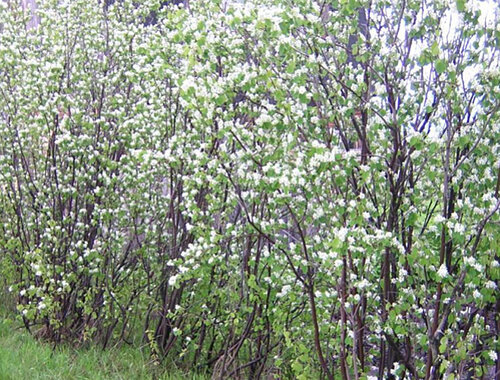Seacoast Invasive Plant Removal Project: Bye-Bye Bad Guys
A new year means a fresh start, and that's exactly what we just gave one property in southern New Hampshire. Site Structures’ team of biodiversity superheroes removed several invasive plant species, cleared the way for the native "good guy" species to thrive, and prepared to replace the “bad guys” with more environmentally friendly options this spring.
Read on for more of what we did, and check out our before-and-after photos to see the property’s major transformation (so far)!
What Did We Do For This Invasive Plant Removal Project?
Over the course of eight days in December 2020, across thousands of square feet, our Site Structures team removed invasive plant species from one client’s property -- and we did it by hand, as no machinery was allowed. We worked with a local wetland ecologist to ensure there was no detrimental impact to the sensitive wetland by following a Prime Wetland Buffer enhancement program. We stopped where the ecologist marked the beginning of the wetland area and only removed invasive species, careful not to disturb the soil and roots.
What Is An Invasive Plant Species?
An invasive plant species is a species that resides in an area where it did not evolve. Invasives are introduced by either human or other animal movement. Are you familiar with the 'wash your boat' signs? If you are, you know about milfoil, one of many examples of invasive plant species. Once they are introduced to an environment they like, they'll take over! Just like we don't want creepy crawler weeds growing in our lakes and ponds, we don't want these invasive plants taking over our sensitive wetlands!
Why Is It Important To Manage And Remove Invasive Species?
Invasive species outcompete the native species that have evolved in an area for thousands of years. And the native plants aren’t the only ones to evolve in that region -- insects, vital to all life on earth, have evolved with the native plants. These plants offer the insects specific tools for survival: food, shelter, and phytochemicals, which are like preventative medicine for the insects so they don't fall ill from fungi, bacteria, and plant virus infections. Some insects are so specific that they eat only one plant. You're familiar with the monarch butterfly, right? How many of us were introduced to the circle of life by watching the transformation from chrysalis to butterfly? Did you know that monarch butterflies only eat one plant? What would happen if that plant were to be out-competed by an aggressive, invasive plant species? Birds depend on the caterpillars that live on these plants to rear young. Baby birds can’t eat seeds and a single nest requires thousands of caterpillars before they leave the nest. A disruption in the ecosystem creates a cascade of effects to other species.
What Invasives Did We Remove?
Some of the invasive plants we removed at this New Hampshire property were Norway maple, oriental bittersweet, autumn olive, multiflora rose, and common buckthorn. These guys are invasives, give us a call if you see any on your property so we can help you remove them. (Note: This is not an exhaustive list of invasive plants in this area.)
How Did It Look After We Cleared The Invasives?
Check out these before-and-after photos showing how much our team cleared from the property. See below for examples of what we’ll plant here in the spring to replace what we removed.
Before
After
Before
After
What Species Did We Help By Removing Invasive Plants?
The species we liberated to encourage growth included white pine, red cedar, hemlock, beech, maple leaf viburnum, and many species of oaks and birches. Oaks are the most prolific trees in our region -- they support more than 300 different species of caterpillars that then, in turn, support bird life. The amount of bird species is a good indicator of the health of an ecosystem. We will be maintaining the areas we renovated at this property to keep invasive species in check and allow the new understory to take hold.
Hemlock
Maple Leaf Viburnum
Red Cedar
Red Oak
White Birch
White Pine
What Will We Add This Spring To Replace The Invasive Species?
In the spring of 2021, Site Structures will be planting serviceberry, Northern bayberry, and beach plum to replace the vegetation per square foot that was removed. We will also be adding at least six nesting boxes that will help support the breeding of many birds and mammals. Examples of wildlife that will benefit from the boxes include white-breasted nuthatch, chickadee, hairy and downy woodpeckers, Northern flicker, Eastern phoebe, squirrels, and chipmunks.
Beach Plum
Northern Bay Berry
Serviceberry
Do You Have Bad Guys In Your Yard? Let Us Nab Them For You
This is a great time of year to remove invasive plants! It is easy for us to see the branches and stems, making it simpler to remove them than in warmer months -- as long as the winter snow isn’t too deep. We also have more free time in these off-season months!
To schedule a consultation on removing invasive species, please email Leigh Lessard at leigh@sitestructureslandscape.com or call Site Structures at (207) 438-9995.
